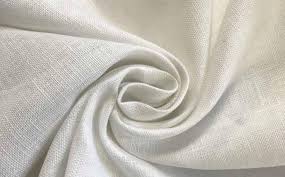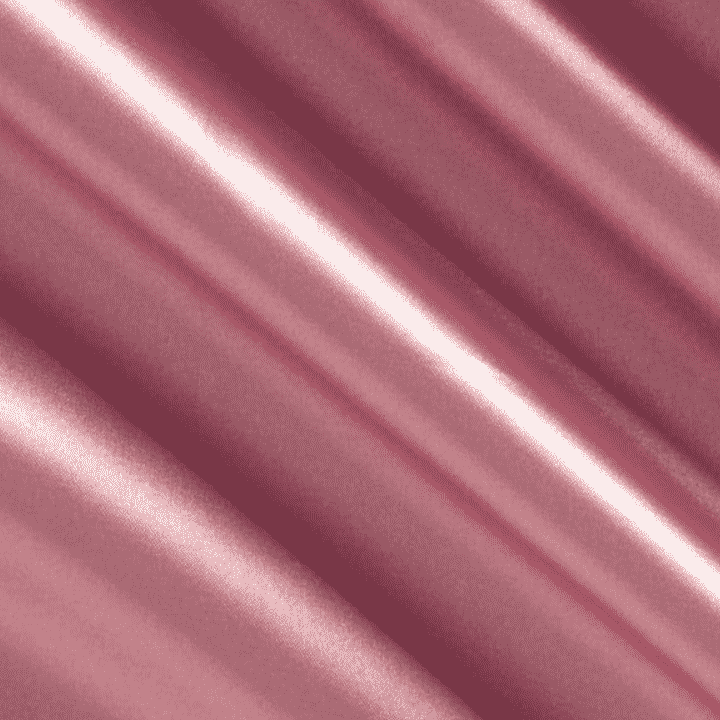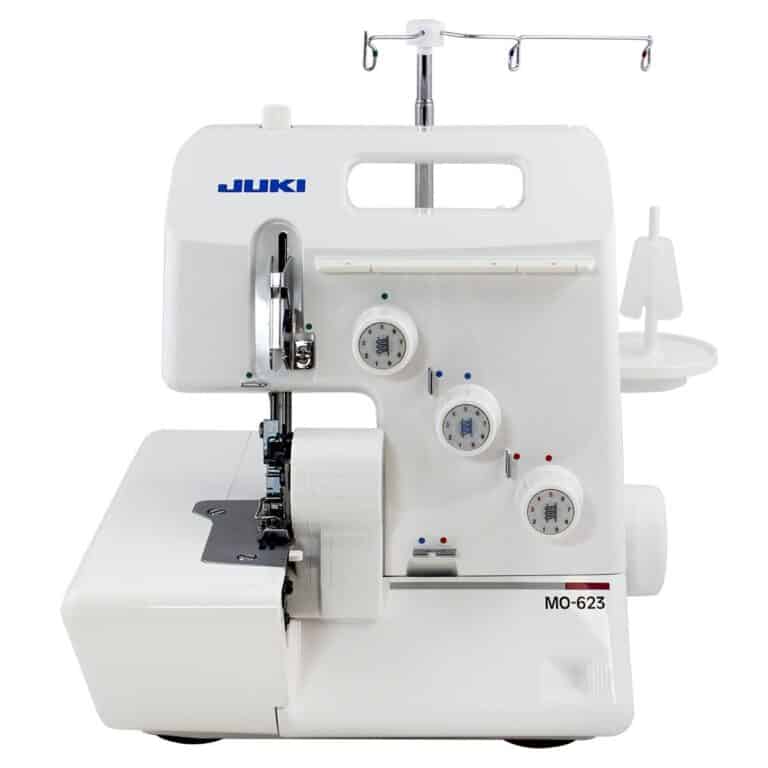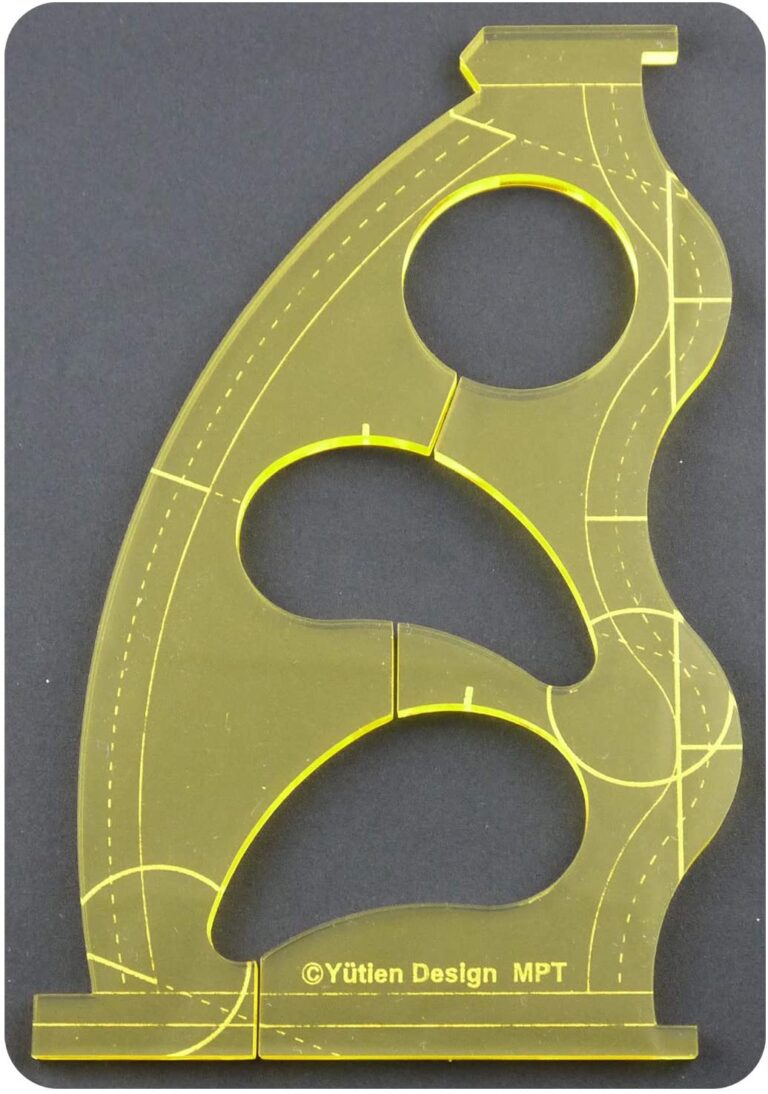Mastering Your Embroidery Sewing Machine – Tips and Techniques for First-Time Users
Salutations, fellow embroidery enthusiasts! Have you recently acquired an embroidery sewing machine and are eager to get started on your first project? Well, fear not, for I have compiled a list of crucial tips and techniques to help you conquer your machine like a seasoned pro. From understanding the different parts of your machine to mastering the art of thread tension, I’ve got you covered. So, grab your favorite fabric, thread, and let’s unlock the potential of your new embroidery sewing machine together!

Table of Contents
Key Takeaways:
- Understand Your Machine: Take the time to familiarize yourself with the different parts and functions of your embroidery sewing machine. Knowing how to thread the machine, wind the bobbin, and change the needle will save you time and frustration in the long run.
- Practice Different Stitches: Experiment with different stitch patterns and settings to find the ones that work best for your projects. Try out different fabrics and thread types to see how they affect the look and feel of your embroidery.
- Maintain Your Machine: Regularly clean and lubricate your embroidery sewing machine to keep it running smoothly. Follow the manufacturer’s instructions for maintenance and take your machine in for professional servicing as needed.
Getting to Know Your Embroidery Sewing Machine
Obviously, the first step to mastering your embroidery sewing machine is to get to know it inside and out. Understanding its features and functions will ultimately help you to use it more effectively and produce better results. In this chapter, I will guide you through unboxing and setting up your machine, as well as highlight some key features and functions to pay attention to.
Unboxing and Setting Up Your Machine
When you first unbox your embroidery sewing machine, it can be overwhelming to see all the parts and accessories. Take your time to carefully unpack everything and familiarize yourself with each component. Once everything is laid out, follow the setup instructions provided in the manual. This will typically involve attaching the embroidery unit, connecting the power cord, and threading the machine with the appropriate thread.
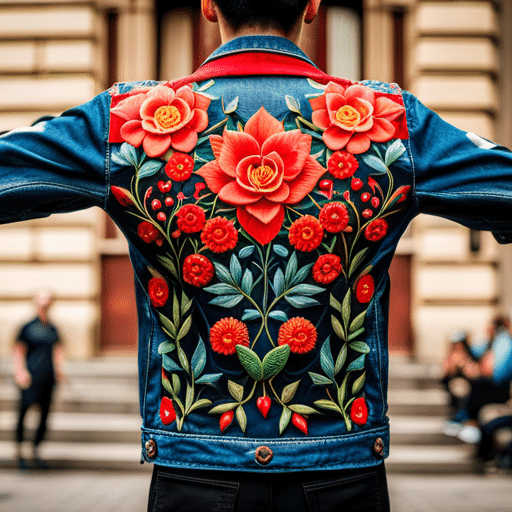
Key Features and Functions
As a first-time user, it’s important to understand the key features and functions of your embroidery sewing machine. Here are some important features to be aware of:
- Automatic Needle Threader: This feature saves time and frustration by automatically threading the needle for you.
- Embroidery Designs: Look for a machine with a wide range of built-in designs or the ability to import new designs.
- Touchscreen Display: A clear and intuitive touchscreen makes it easier to navigate through settings and design options.
- Thread Tension Control: Being able to adjust the tension of your thread is crucial for achieving the perfect stitch.
- Cutting Mechanism: Some machines come with a built-in thread cutter for added convenience.
After familiarizing yourself with these key features, you’ll feel more confident in using your embroidery sewing machine for various projects.
Starting Your Embroidery Journey
Lastly, the excitement of starting your embroidery journey begins! As a first-time user, it’s important to set realistic expectations and take things one step at a time. Embroidery is a beautiful craft that can be incredibly rewarding, but it also requires patience and practice.
Choosing Your First Project
When choosing your first embroidery project, consider starting with something small and simple. This will allow you to practice your stitches and familiarize yourself with your embroidery sewing machine without feeling overwhelmed. A small design on a basic cotton fabric or a plain t-shirt can be a great starting point for beginners.
Material and Thread Selection
When it comes to material and thread selection, it’s important to choose high-quality fabrics and threads that are suitable for embroidery. Using quality materials will not only enhance the look of your embroidery but also make the sewing process smoother and more enjoyable. As a beginner, I recommend starting with cotton or linen fabric and 40-weight embroidery thread in a variety of colors.
Understanding and Using Embroidery Designs
Understanding and using embroidery designs is a crucial part of mastering your embroidery sewing machine. Whether you’re using pre-loaded designs on your machine or importing designs from external sources, it’s important to take the time to familiarize yourself with the design options available to you. I suggest starting with simple designs and gradually progressing to more complex ones as you gain confidence and experience.
Embroidery Techniques and Tips
Now, let’s dive into some embroidery techniques and tips that will help you make the most of your embroidery sewing machine. Whether you are a beginner or have some experience, these tips will help you improve your skills and create beautiful embroidery projects.
- Use the right stabilizer: The type of stabilizer you use can make a big difference in the quality of your embroidery. Make sure to choose the right stabilizer for the fabric and design you are working with.
- Thread tension: Proper thread tension is crucial for achieving the perfect embroidery. Always test the tension on a scrap piece of fabric before starting your project.
- Experiment with different fabrics: Don’t be afraid to try embroidery on different types of fabric to see how it affects the final result.
After familiarizing yourself with these techniques, you’ll be able to take your embroidery to the next level.
Hooping Your Fabric Correctly
One of the most important aspects of embroidery is hooping your fabric correctly. Improper hooping can lead to puckering, misaligned designs, and other issues. Make sure to hoop your fabric tightly, but not too tight, and adjust the tension as needed.
Mastering Machine Settings for Different Fabrics
When working with different fabrics, it’s important to understand how to adjust your machine settings. I have found that experimenting with different stitch lengths and needle types can make a big difference in the final result. Always consult your machine’s manual for specific settings tailored to different fabric types.
Troubleshooting Common Issues
As a beginner embroiderer, I encountered several common issues such as thread breakage, bobbin tension problems, and design misalignment. Understanding how to troubleshoot these issues can save you a lot of frustration. I recommend keeping your machine manual handy and keeping a troubleshooting checklist for quick reference.
Elevating Your Embroidery Skills
However, once you have mastered the basic embroidery techniques, it’s time to take your skills to the next level. Elevating your embroidery skills can open up a whole new world of creative possibilities, allowing you to create more intricate and detailed designs.
Advanced Embroidery Techniques for Stellar Results
When it comes to advanced embroidery techniques, there are a few key skills that can help take your embroidery to the next level:
- Thread blending: Experiment with blending different colored threads to create unique and multi-dimensional designs.
- Layering: Layering different elements of your design can add depth and complexity to your embroidery.
- Texture creation: Explore different stitches and techniques to add texture to your designs, creating a more tactile and dynamic finished product.
- Use of specialty threads: Incorporating specialty threads, such as metallic or variegated threads, can add a touch of glamour to your embroidery projects.
Maintaining Your Machine for Longevity
Keeping your embroidery sewing machine well-maintained is essential for ensuring its longevity and optimal performance. Regular maintenance and care can help prevent costly repairs and keep your machine running smoothly for years to come.
Mastering Your Embroidery Sewing Machine – Tips and Techniques for First-Time Users
With these considerations in mind, I hope that you feel more confident and prepared to start using your embroidery sewing machine. Remember to take your time, practice patience, and don’t be afraid to try new techniques. The more you practice, the more you will master the art of embroidery. Remember to also refer back to the tips and techniques in this guide whenever you need a refresher. Happy sewing!
FAQ
Q: What is an embroidery sewing machine and how is it different from a regular sewing machine?
A: An embroidery sewing machine is a specialized type of sewing machine that is designed specifically for creating intricate and detailed embroidery designs. Unlike regular sewing machines, embroidery sewing machines have built-in designs and fonts, and often feature larger hoops for embroidering on a larger scale.
Q: I’m new to using an embroidery sewing machine, where should I start?
A: If you’re a first-time user of an embroidery sewing machine, it’s best to start by familiarizing yourself with the machine’s basic functions and settings. You can begin by practicing on scrap fabric to get a feel for how the machine operates. Additionally, there are many online tutorials and instructional videos available that can help guide you through the process of using an embroidery sewing machine.
Q: What are some tips and techniques for getting the best results with an embroidery sewing machine?
A: To achieve the best results with an embroidery sewing machine, it’s important to use the right materials, such as stabilizers and embroidery thread, and to properly prepare your fabric before embroidering. Additionally, taking the time to properly hoop your fabric and make sure it’s taut can make a big difference in the quality of your embroidery. Experimenting with different stitch settings and design combinations can also help you discover new techniques and effects to enhance your embroidery projects.




